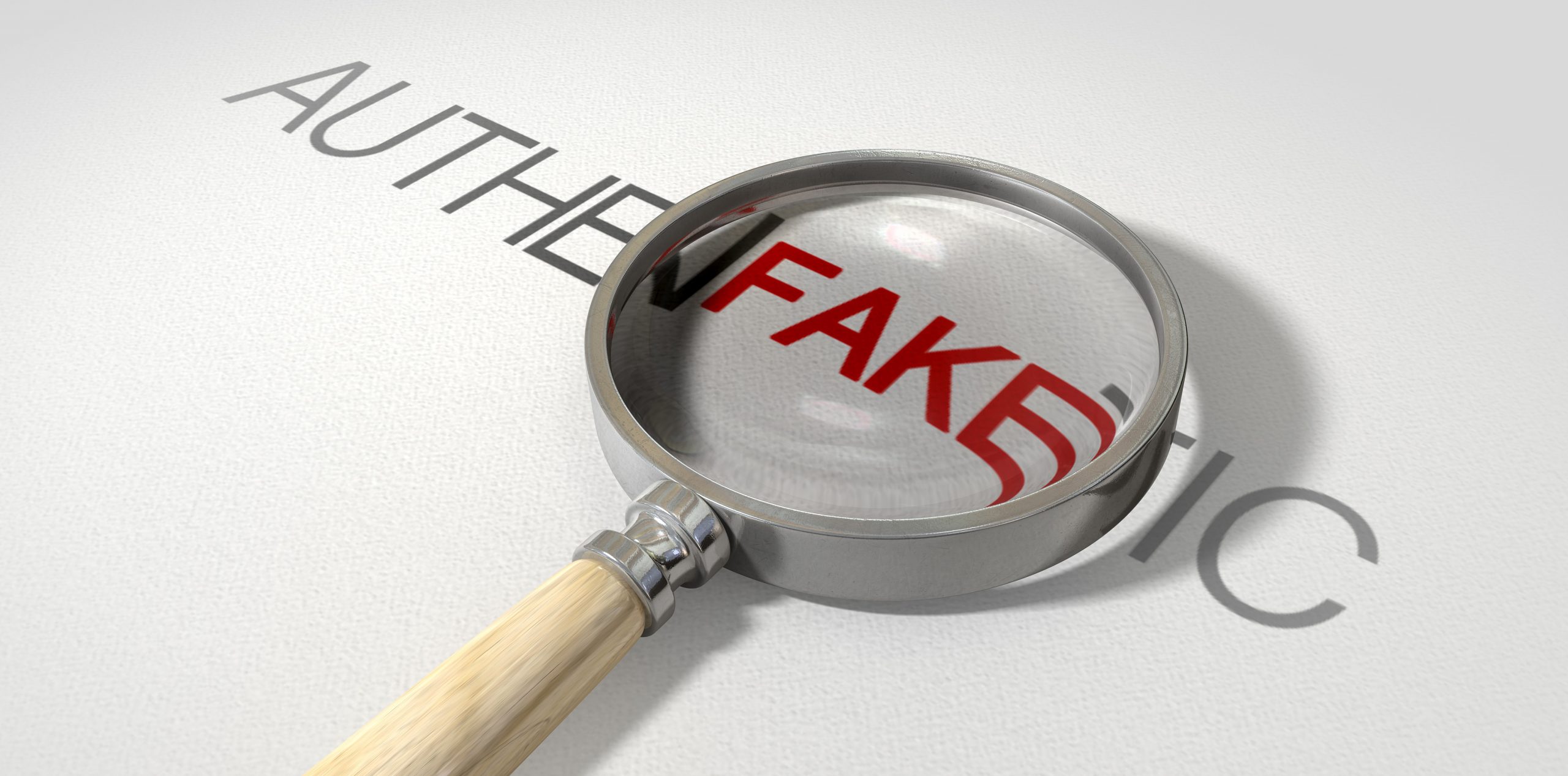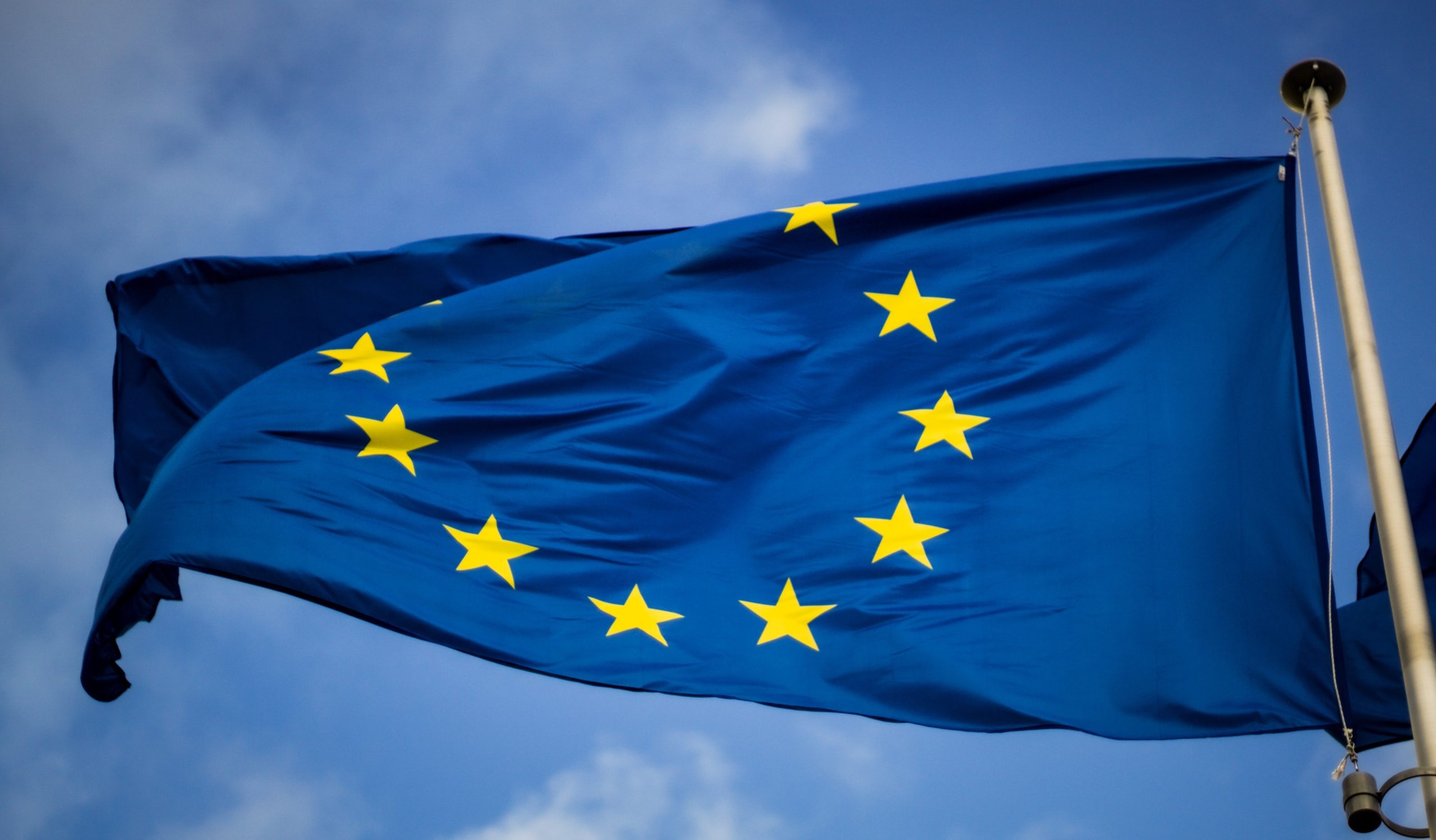The internet may have been the elephant in Courtroom 73 during the Leveson Inquiry hearings, but it was the central theme of a series of presentations at JUSTICE’s ‘Life and the Law Online’ event on Tuesday 20 November, chaired by Rosemary Jay, senior attorney, Hunter & Williams.
The topics considered included
- A new streamlined procedure might allow claimants to obtain a temporary and cost-effective remedy in respect of anonymous material, removing Intermediaries from the decision-making role in difficult cases [Ashley Hurst, Olswang]
- More judicial consideration could be given to the nature of publication on Twitter [Keith Mathieson, RPC]
Ashley Hurst, a partner at Olswang, opened with a view from the Claimant’s perspective. Many authors and editors of defamatory statements on the internet are not worth suing, his paper noted: “It is rarely even worth considering unless the claimant has very deep pockets and has been left with no option but to sue in order to restore his reputation”. Additionally, many of these authors prefer to remain anonymous.
The government is currently grappling with Clause 5 of the Defamation Bill, which deals with a defence for operators of websites. Hurst believes that the current draft defence of the clause could leave intermediaries in the same position they are now, where they would need to take material down to avoid potential liability, when the author does not come forward, or want to be identified.
At present, it might be that a lot of material is coming down when perhaps it should be staying up, he suggested. His seminar paper explains that internet intermediaries are removing defamatory content without “a great deal of scrutiny”; at the same time, “many genuine victims of online defamation are being left without a remedy due to the challenges of taking action against anonymous users”.
Hurst’s suggestion is that a new streamlined system, which would be part of Clause 5 procedure, could allow claimants to obtain a temporary and cost-effective remedy in respect of anonymous material, while removing intermediaries from the “decision-making role in difficult cases”.
He recommends that Claimant should be able to quickly and cheaply obtain a take-down order for anonymous material. It would only be available to claimants who follow the Clause 5 procedure and “demonstrate it was not possible to obtain an effective remedy against the person who posted the statement”. A Master would apply legal principles in deciding whether it should be temporarily removed and if it meets necessary threshold of seriousness and that there are no available defences such as privilege or honest comment.
In response, Emma Jelley, senior regional counsel (UK & Ireland), Google, raised the point that Google wants to protect freedom of expression, and would seriously question taking content down, as part of a “rubber stamping” exercise. Google might query, she suggested, whether a judge had considered all the facts.
Hurst countered that it would in fact help more material to remain online and promote freedom of expression. “It’s just trying to find a way to avoid that knee-jerk reaction … if you want to rely on Clause 5 you need to take it down [if author doesn’t respond or unwilling to be identified]…”
Keith Mathieson, a partner at RPC, in the Defendant’s corner, set out recent events surrounding false allegations made about Lord McAlpine and the subsequent libel settlement with the BBC and action against ITV and Twitter users. He touched on Twitter as a form of communication, picking up on a comment made by Jonathan Coad, partner, Lewis Silkin, in the press that “Twitter is no different from any other form of communication“.
Mathieson referenced judgments in Cairns v Modi, in which the court had considered the number of followers of the Defendant’s account and the capacity for stories to “go viral” ([2012] EWHC 756 (QB); [2012] EWCA Civ 1382). The Court of Appeal found the “percolation phenomenon” to be “a legitimate factor to be taken into account in the assessment of damages“.
In Mathieson’s view, it is a pity there wasn’t more discussion about the nature of publication on Twitter – bearing in mind that this was the first High Court case to consider the nature of publication on Twitter. In his view, it does seem that Twitter is “a somewhat different means of publication than certainly newspapers, books and TV … and indeed other forms of online publication”. While a website publication will remain searchable until it is taken down, a tweet seems to Mathieson “to be a rather more ephemeral form of publication”. The tweet may never have been seen by a person’s followers. “It is actually very difficult to assess how many people may have seen a particular tweet”, he said.
Also on the panel was Catrin Evans, barrister, One Brick Court, who dealt with ‘the Man in the Middle? Intermediaries and Third Party Publishers’. Hugh Tomlinson QC, Matrix Chambers set out media law’s move into the “mainstream”, the implications of the Defamation Bill for online publication, and his recommendations for a Media Standards Authority system – it would introduce a complaints adjudication scheme for participants, which complainants would have to use before going to court. Emma Jelley’s presentation expanded on Google’s strategy when dealing with legal complaints and takedown requests and pointed to the company’s regular Transparency reports, which track the type and volume of content removal requests, as well as itslegal troubleshooter service.
[This post originally appeared on Inforrm’s blog ]


